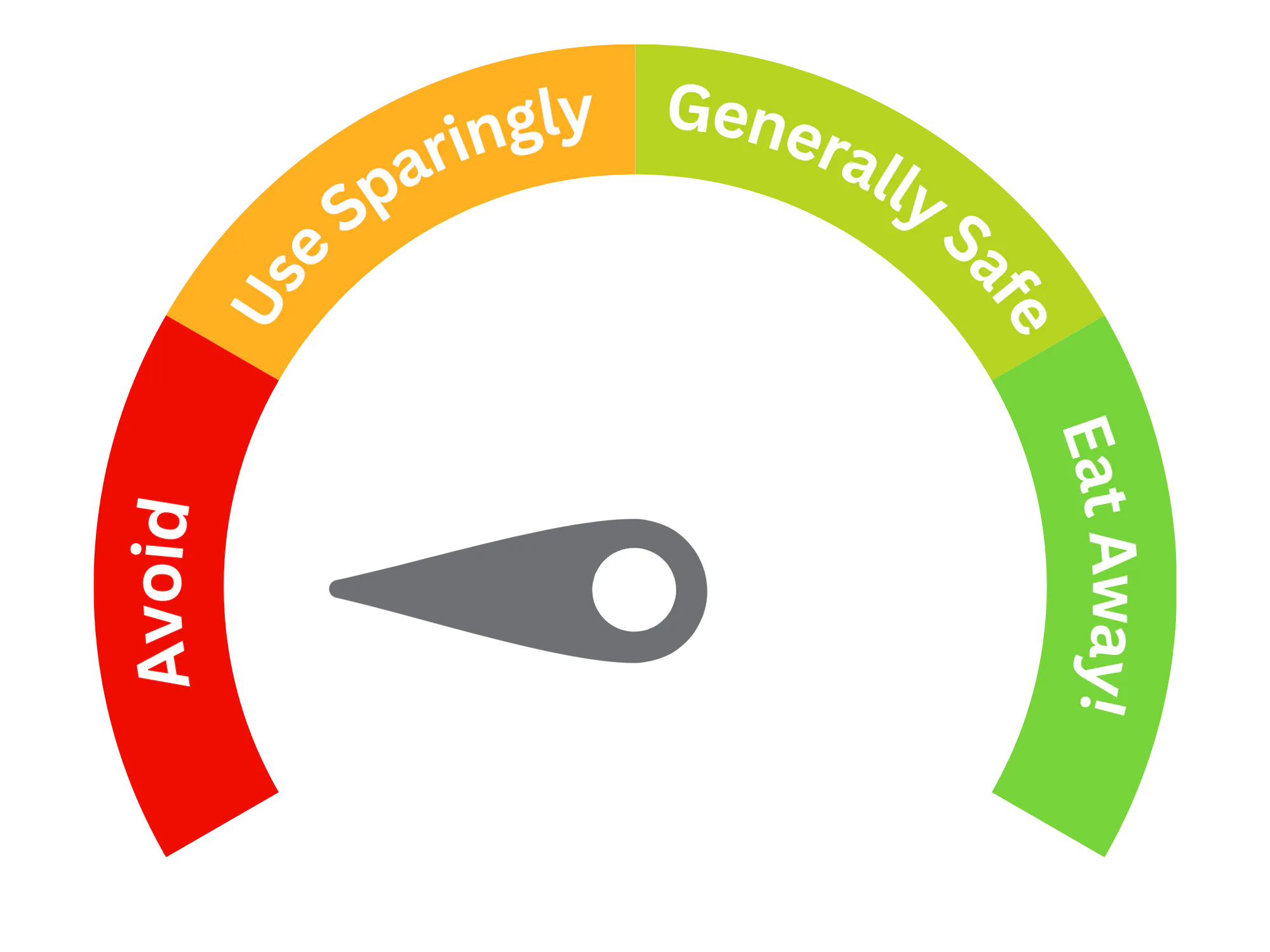Yellow 2G (E107)
Purpose and Function
Yellow 2G (E107) is a synthetic azo dye used in the food industry to impart a yellow to greenish-yellow hue to various food products. It was primarily used in:
- Confectionery: Candies, gums, and sweets often used this additive to achieve bright yellow colors.
- Beverages: It was also used in some soft drinks and flavored waters.
- Bakery products: It was sometimes added to enhance the appearance of baked goods like cakes and pastries.
Although Yellow 2G (E107) was commonly used in food, its use has become controversial due to potential health risks.
Potential Risks and Side Effects
E107 has been under scrutiny for its potential health risks, leading to its ban in several countries, including the European Union. Some of the concerns associated with its use include:
- Allergic reactions: Yellow 2G, like many synthetic azo dyes, has been linked to allergic reactions, particularly in individuals with aspirin intolerance or those prone to food dye sensitivities. Symptoms may include skin rashes, hives, and respiratory issues.
- Hyperactivity in children: As with other artificial colorants, Yellow 2G has been linked to behavioral changes, including hyperactivity in children, which has raised concerns among consumers and regulators.
- Carcinogenicity concerns: While research on the carcinogenicity of Yellow 2G is inconclusive, some studies have suggested potential risks, leading to regulatory caution.
Due to these concerns, Yellow 2G is banned or restricted in many countries, and its use is generally discouraged.

